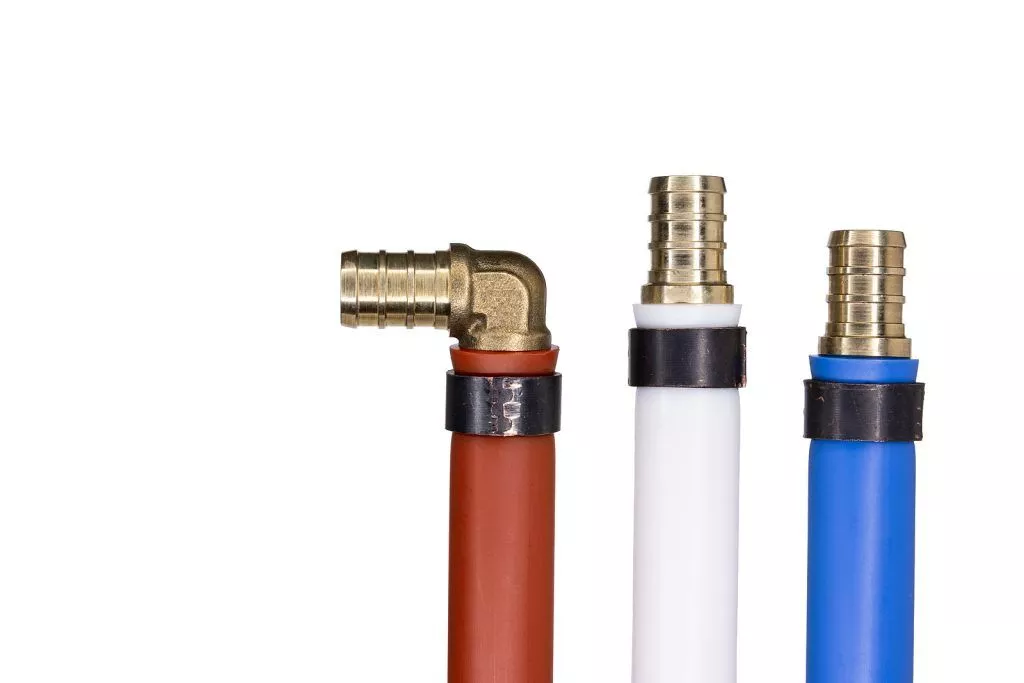Jul . 29, 2024 07:33 Back to list
High-Quality HDPE Pipes from China for Safe Drinking Water Applications and Solutions
China HDPE Pipe for Potable Water A Sustainable Solution
In recent years, the demand for safe and reliable drinking water has become a pressing global issue, particularly in developing nations. One critical component in ensuring the delivery of potable water is the infrastructure used to transport it. High-Density Polyethylene (HDPE) pipes have emerged as a leading choice for potable water systems, particularly in China, where urbanization and infrastructure development are rapidly advancing.
What is HDPE?
High-Density Polyethylene (HDPE) is a thermoplastic polymer made from petroleum. Known for its high strength-to-density ratio, HDPE is versatile and highly durable. These properties make it an ideal material for pipes used in various applications, including potable water distribution. HDPE pipes are non-toxic, making them safe for transporting drinking water.
Advantages of HDPE Pipes in Potable Water Systems
1. Durability HDPE pipes are resistant to many chemicals, corrosion, and abrasion. This resistance translates into a longer life expectancy compared to traditional materials like concrete or metal. A well-installed HDPE system can last over 50 years, significantly reducing maintenance costs.
2. Flexibility Another key benefit of HDPE pipes is their flexibility, which allows them to withstand ground movements and settle without cracking. This flexibility is particularly useful in areas prone to earthquakes or environmental shifts.
3. Lightweight HDPE pipes are lighter than many other pipe materials, which simplifies transportation and installation. Their lightweight nature can lead to reduced labor costs during installation, making them an economically viable option for large-scale projects.
china hdpe pipe for potable water

4. Joint Integrity HDPE pipes utilize a thermal fusion process that creates strong, leak-proof joints. This method of joining pipes ensures that there are no gaps for contaminants to enter, thus maintaining water quality throughout the distribution system.
5. Environmental Considerations With increasing awareness of environmental issues, HDPE scores highly in terms of sustainability. These pipes are recyclable, and their production has a lower carbon footprint compared to alternative materials. Moreover, the smooth inner surface of HDPE pipes reduces friction, leading to energy savings when pumping water through the system.
The Role of China in the HDPE Pipe Market
China has been rapidly expanding its infrastructure in recent years, investing heavily in water supply projects to ensure accessible potable water for its growing population. The Chinese government recognizes the importance of robust water supply systems in promoting public health and economic development. As a result, the demand for HDPE pipes is soaring.
Chinese manufacturers have also prioritized the production of high-quality HDPE pipes compliant with international standards. These companies leverage advanced technology and research, leading to the development of innovative piping solutions that further enhance the usability of HDPE pipes for potable water distribution.
Conclusion
In conclusion, HDPE pipes represent a sustainable and efficient solution for potable water distribution, particularly in the context of China’s ongoing infrastructure development. With their numerous advantages—including durability, flexibility, lightweight nature, and environmental benefits—HDPE pipes are poised to play a crucial role in ensuring safe drinking water for millions. As countries worldwide continue to face challenges related to water quality and access, the adoption of HDPE technology will undoubtedly support global efforts toward sustainable water management and public health. By investing in reliable piping solutions, nations can secure a healthier future for their populations while safeguarding the environment.
-
Durable DN100 PVC Well Casing Pipes for Reliable Water Supply
NewsAug.16,2025
-
HORON 25mm PPR Plumbing Pipes: Durable, Leak-Proof Water Systems
NewsAug.15,2025
-
Durable UPVC Column Pipes for Submersible Pumps | Efficient Water Flow
NewsAug.14,2025
-
DN100 PVC Well Casing Pipes - Durable & Corrosion-Resistant
NewsAug.13,2025
-
Flexible 32mm HDPE Pipes in Coil | Durable Water & Gas Lines
NewsAug.12,2025
-
DN50 HDPE Pipes in Coils: Flexible, Durable & Easy Install
NewsAug.11,2025

